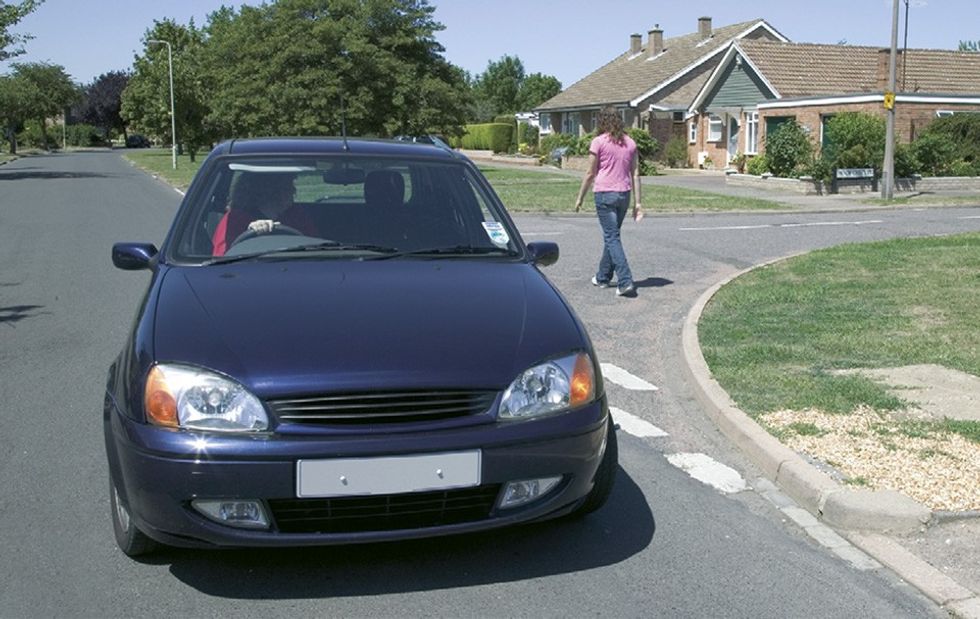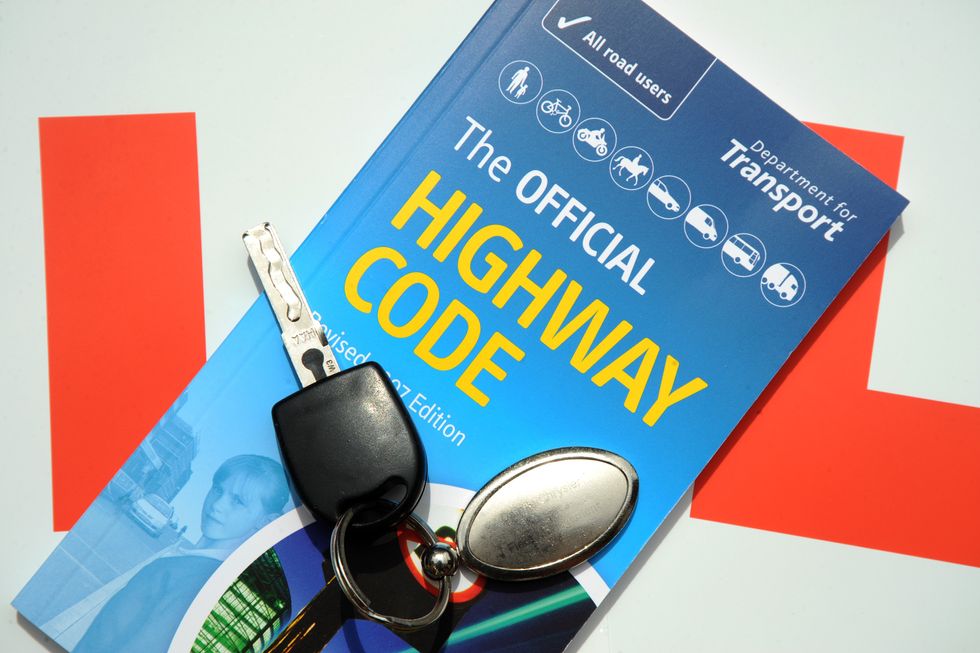Drivers risk £2,500 penalty for breaching Highway Code rules as common driving manoeuvre leads to prosecution

Rule 203 of the Highway Code determines when drivers can reverse their vehicles
Don't Miss
Most Read
Motorists have been warned they could be slapped with a fine of up to £2,500 for breaking a major Highway Code rule through a common manoeuvre.
The fine related to violating a frequently disregarded regulation concerning reverse driving, according to experts.
Rule 203 of the Highway Code explicitly prohibits drivers from reversing their vehicles beyond what is deemed essential.
**ARE YOU READING THIS ON OUR APP? DOWNLOAD NOW FOR THE BEST GB NEWS EXPERIENCE**
This regulation carries legal weight under both the Road Vehicles (Construction and Use) Regulations 1986 and the Road Traffic Act 1988.

Drivers can be fined for reversing onto roads, as well as receive penalty points on their licence
|GOV.UK
Extended reverse manoeuvres pose significant safety risks because of restricted sightlines and the challenges of controlling a vehicle while travelling backwards.
When these actions are considered excessive and endanger other road users, authorities may pursue charges of careless or inconsiderate driving.
The legislation deliberately avoids specifying exact distance limits, leaving enforcement to police discretion based on individual circumstances.
Expert Graham Conway, from Select Car Leasing, warned that enforcement varies depending on severity. Minor infractions typically result in a £100 penalty and three points added to a driving licence.

Rule 203 of the Highway Code prohibits reversing beyond necessary amounts
| PAHowever, more severe violations can escalate to fines reaching £2,500 and as many as nine penalty points. The distinction between minor and serious offences depends on factors such as the danger posed to other road users and the circumstances surrounding the reversing manoeuvre.
"The law doesn't set out a specific distance it deems as being too far," Mr Conway explained. He cautioned that actions like reversing through traffic to claim a missed parking space during school drop-offs could trigger enforcement action.
The regulations particularly target hazardous reversing on motorway slip roads and at roundabouts, where such manoeuvres create substantial collision risks.
Mr Conway highlighted that certain reversing situations remain entirely legitimate. "There are some driving scenarios where an extended reverse is entirely necessary," he noted, citing instances where drivers must reverse along single-track roads to reach passing places when encountering oncoming traffic.
LATEST DEVELOPMENTS:
The distinction between acceptable and problematic reversing hinges on whether the manoeuvre exceeds what circumstances genuinely require.
"If you're reversing is deemed 'further than necessary' and puts other road users at risk, you could be in trouble," Mr Conway stated. The Highway Code urges motorists against reversing or turning on busy thoroughfares. Instead, drivers should locate a quiet side street or navigate around residential blocks to change direction safely.
Additional regulations prohibit reversing from minor roads onto main carriageways. For properties with driveways, the Code recommends reversing into the space and driving forward when departing.
The Highway Code mandates specific safety procedures when reversing, as drivers must utilise all mirrors and examine blind spots that mirrors cannot reveal. Particular attention should focus on detecting pedestrians, especially children, cyclists and other potential hazards behind the vehicle.

Drivers can be fined for reversing longer than needed under UK law
| GETTYUK regulations permit drivers to unfasten their seatbelts while reversing, with Mr Conway explaining that this exemption exists to ensure mobility-impaired individuals can turn sufficiently to observe behind their vehicles.
The Highway Code's reversing guidance also extends beyond distance restrictions with Rule 200 advising drivers to find suitable locations for turning manoeuvres, while Rule 201 specifically forbids reversing from side streets onto major roads.
"You should 'try not' to reverse or turn around on a busy road," Mr Conway emphasised, noting the Code's recommendation to use quiet side streets or navigate around residential blocks instead.
The seatbelt exemption during reversing applies to both drivers and those supervising learner drivers performing reverse manoeuvres. "That rule is in place to make sure a fastened seatbelt doesn't prevent someone - potentially an individual with impaired mobility - from turning around properly to see behind them when reversing," the expert added.











